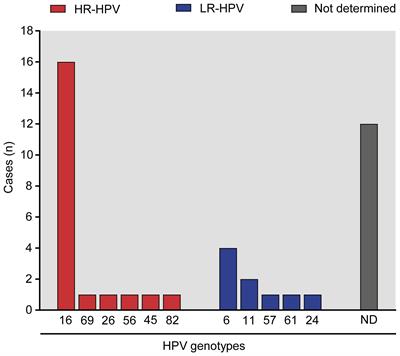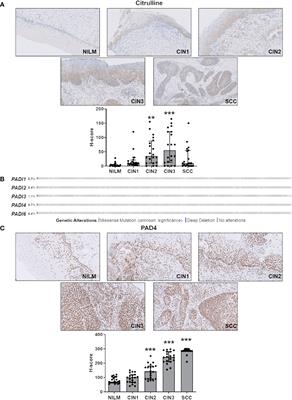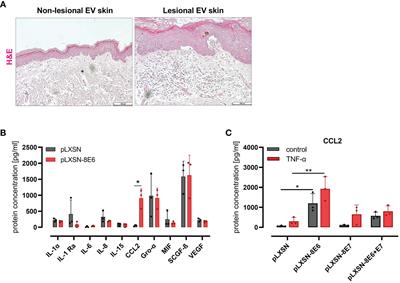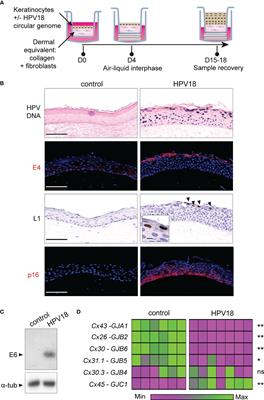ORIGINAL RESEARCH
Published on 18 Dec 2024
Immunogenicity and safety of the fourth dose of quadrivalent human papillomavirus (HPV) vaccine in immunosuppressed women who did not seroconvert after three doses
doi 10.3389/fcimb.2024.1451308
- 760 views
4,662
Total downloads
22k
Total views and downloads
ORIGINAL RESEARCH
Published on 18 Dec 2024
ORIGINAL RESEARCH
Published on 04 Nov 2024
REVIEW
Published on 22 Oct 2024
ORIGINAL RESEARCH
Published on 09 Sep 2024
BRIEF RESEARCH REPORT
Published on 23 Aug 2024

BRIEF RESEARCH REPORT
Published on 11 Mar 2024

ORIGINAL RESEARCH
Published on 06 Mar 2024

ORIGINAL RESEARCH
Published on 16 May 2023
